Powder metallurgy (PM) is a forming and fabrication technique consisting of three major processing stages.
First, the primary material is physically powdered, divided into many small individual particles.
Next, the powder is injected into a mold or passed through a die to produce a weakly cohesive structure (via cold welding) very near the dimensions of the object ultimately to be manufactured. Pressures of 10-50 tons per square inch are commonly used.
Also,to attain the same compression ratio across more complex pieces, it is often necessary to use lower punches as well as an upper punch.
Finally, the end part is formed by applying pressure,high temperature,long setting times (during which self-welding occurs), or any combination thereof
►Iron Material
| Basic Materials | Chemical Composition (%) | Other Materials |
|
SAE863 Type3
SATM B439-70 GR4 Mil-B-5687C Type…CompB |
Cu: 18.0~22.0, Fe: Rest Particles: 2.0 |
MPIF: F – 0000 – K23 / ASTM: B 439 – 83 / DIN: SINT – B00 MPIF: F – 0008 – K32 / ASTM: B 439 – 83 / DIN: SINT – B11 MPIF: FG – 0303 – K16 MPIF: F – 0000 – K15 / K23 MPIF: F – 0005-K20 / F – 0005-K28 MPIF: F – 0008 – K20 /F – 0008 – K32 |
►Bronze Material
| Basic Materials | Chemical Composition (%) | Other Materials |
|
SAE841 ASTM B438-70 GR1 Type DIN30910 PART3 SINT A50 Mil-B-5687C Type… Comp |
Cu: 87.5~90.5, Fe: 1.0max, Sn:9.5~10.5, P:1.75, Particles:0.5 |
MPIF: CT- 1000 – K19 / ASTM: B 438 – 83a MPIF: CT – 1000 – K26 / ASTM: B 438 – 83a / DIN: SINT – A50 MPIF: CT – 1000 – K37 / ASTM: B 438 – 83a / DIN: SINT – B50 MPIF: CT – 1001 – K23 / ASTM: B 438 – 83a / DIN: SINT – B51 MPIF: CT – 1001 – K33 / ASTM: B 438 – 83a / DIN: SINT – C51 MPIF: CTG – 1004 – K10 MPIF: CTG – 1004 – K15 |
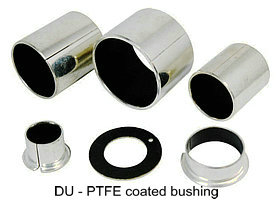
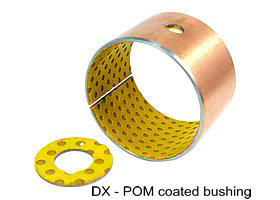
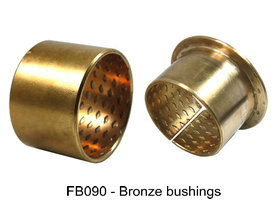
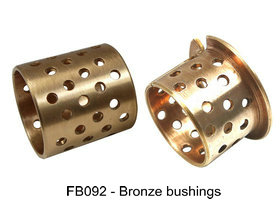

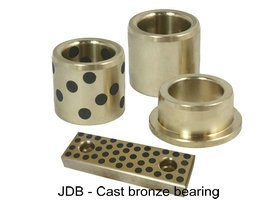
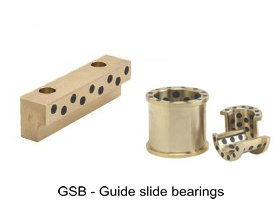

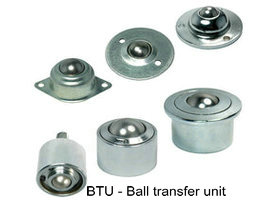
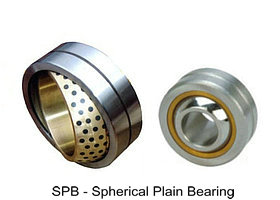
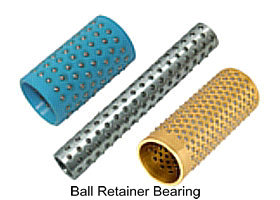
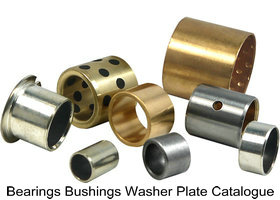

I have read so many articles or reviews on the topic of the blogger lovers however this article is really a nice paragraph, keep it up.